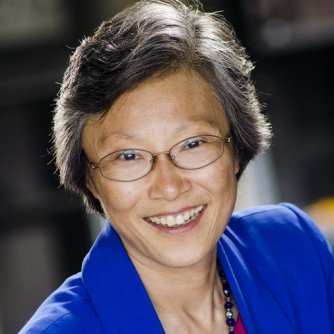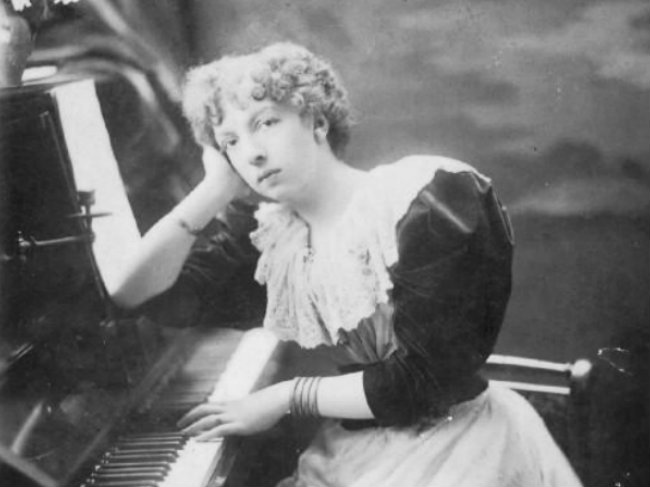
There’s so much focus put on male composers that women who create music often get neglected.
Names like Hildegard of Bingen, Clara Schumann, Amy Beach and Joan Tower deserve more attention. In honor of Women’s History Month, meet some of the notable women who have made incredible music through the centuries and paved a path for other women to likewise leave their mark.
Make some musical discoveries every day during Women's History Month! Listen for our Women's History Month Feature every day at 8am, 1pm, 4pm and 8pm.
Hildegard of Bingen (1098-1179)
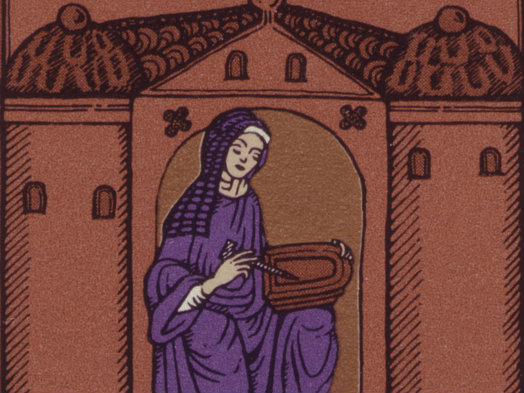
She’s the first identifiable woman composer in the history of Western Music. German Benedictine abbess, Hildegard of Bingen, who spent most of her 80-plus years shut away in an obscure hilltop monastery in Germany’s Rhineland. A mystic, artist, writer, theologian and composer -- she left a treasure trove of works believed to be divined straight from God. Interest in Hildegard’s music only started to grow in the late 1970s around the 800th anniversary of her death, and Pope Benedict XVI canonized her in 2012.
Elisabeth Jacquet de la Guerre (1665-1729)
This Parisian singer and harpsichordist was a prodigy who quickly became the darling of France’s “Sun King” Louis XIV. She holds a place in history as the first woman in France to write an opera. She died just a few years before composer Joseph Haydn was born.
Anna Amalia of Prussia (1723-1787)
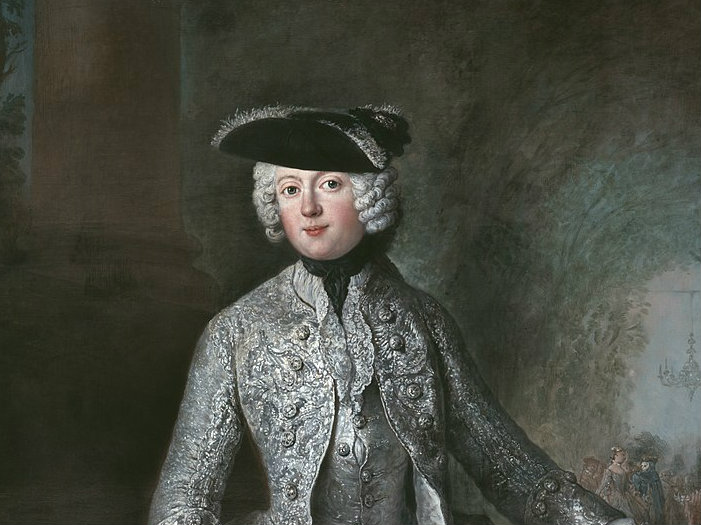
Princess Anna’s older brother, Frederick the Great, is the one who’s remembered. The two shared a love of music despite the fact that their music-hating father forbade their musical studies. Amalia produced a small body of works. Her greatest contribution to music was actually her work as a collector and curator: she preserved more than 600 volumes of works by such greats as Bach, Handel and Telemann.
Fanny Mendelssohn Hensel (1805-1847)
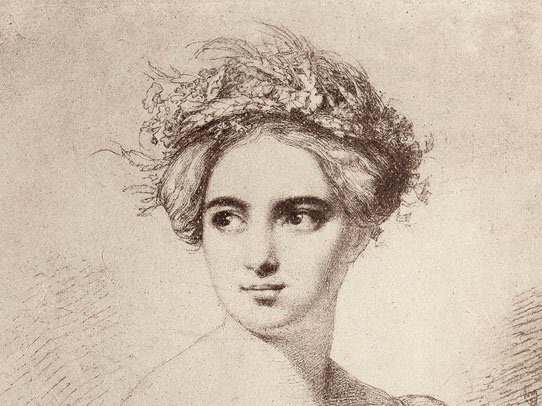
Felix was the marquee musician in the Mendelssohn family. Before him though, came older sister Fanny, a virtuoso pianist and one of the most prolific women composers of the 19th century. Fanny wrote more than 450 pieces of music, largely chamber pieces and songs as these smaller genres were considered more feminine. Sadly, Fanny never had the high profile career her brother enjoyed owing to social conventions of the time. She became a homemaker, wife and mother. But the musical salons she hosted in her home became the most sought after invitation in Berlin. Patrons included Russian royalty and A-list performers like Franz Liszt and Clara Schumann.
Clara Schumann (1819-1896)
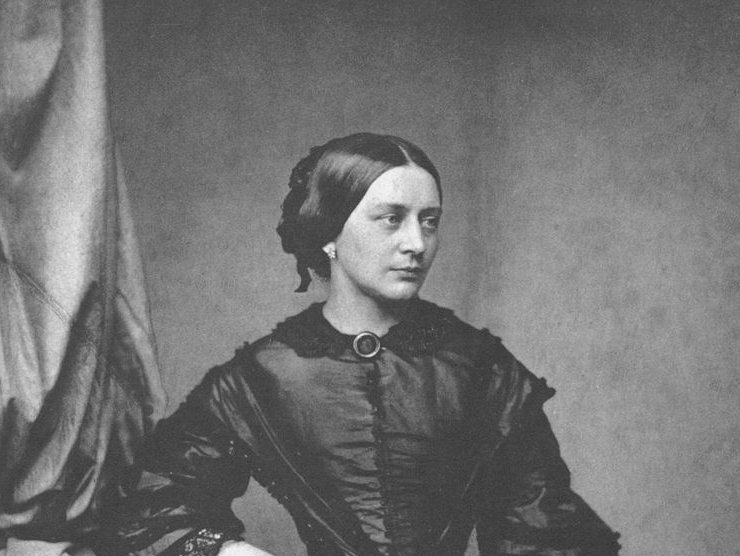
She was a prodigy famed across Europe as the “Queen of the Piano.” The musical world actually knew about Clara long before it got to know her husband, composer Robert. Leading glitterati of the day admired her playing, including writer Johann von Goethe and violin virtuoso Nicolo Paganini. Clara Schumann also composed. She and Robert were each other's creative muses and helpmates. But social norms didn't favor women as professional performers or composers, and marriage and children brought heavy demands on Schumann. She stopped composing in her mid-30s.
Cecile Chaminade (1857-1944)
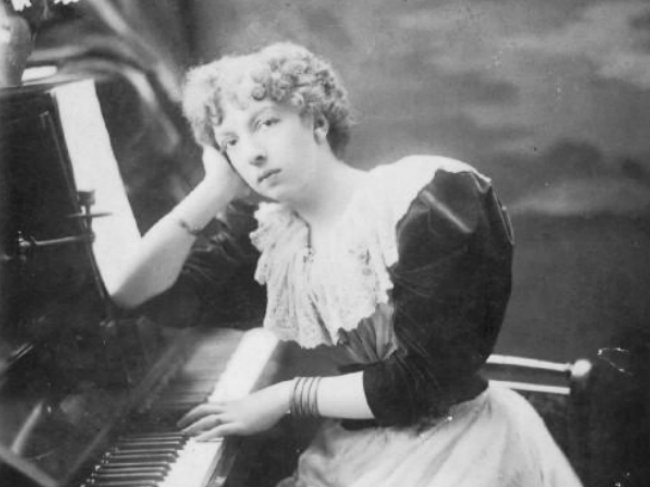
The Parisian-born Chaminade wrote her first piece at age 7. She studied composition privately with Paris Conservatory faculty, because her father believed it improper for a young lady to formally enroll. Chaminade toured as a concert pianist, frequently performing her own music. She concertized in the U.S., where she was so popular that “Chaminade Clubs” sprang up around the country. In spite of this popularity, Cecile Chaminade fought sexism throughout her career. Her music was often marginalized as “salon music.” That didn't stop her from writing more than 400 works in nearly every genre. Classical music changed dramatically during Chaminade's lifetime, but she remained true to her mid-19th century roots.
Amy Beach (1867-1944)
She shattered the glass ceiling for women composers, and during her lifetime became the foremost woman composer in the U.S. The largely self-taught composer was the first American woman to write a symphony. In 1896, her “Gaelic” Symphony brought her worldwide acclaim. The Boston Symphony Orchestra’s premiere of the piece made her the first woman in the world to have her symphony performed by a major orchestra.
Joan Tower (born 1938)
Joan Tower is widely regarded as one of the foremost living composers, boasting an illustrious half-century career. Tower grew up in South America, where she soaked in the indigenous percussive rhythms of the region, heard in the driving sounds characterizing much of her music. Known first as a pianist, Tower founded and performed with a chamber group for several decades before devoting herself solely to composition.
Jennifer Higdon (born 1962)
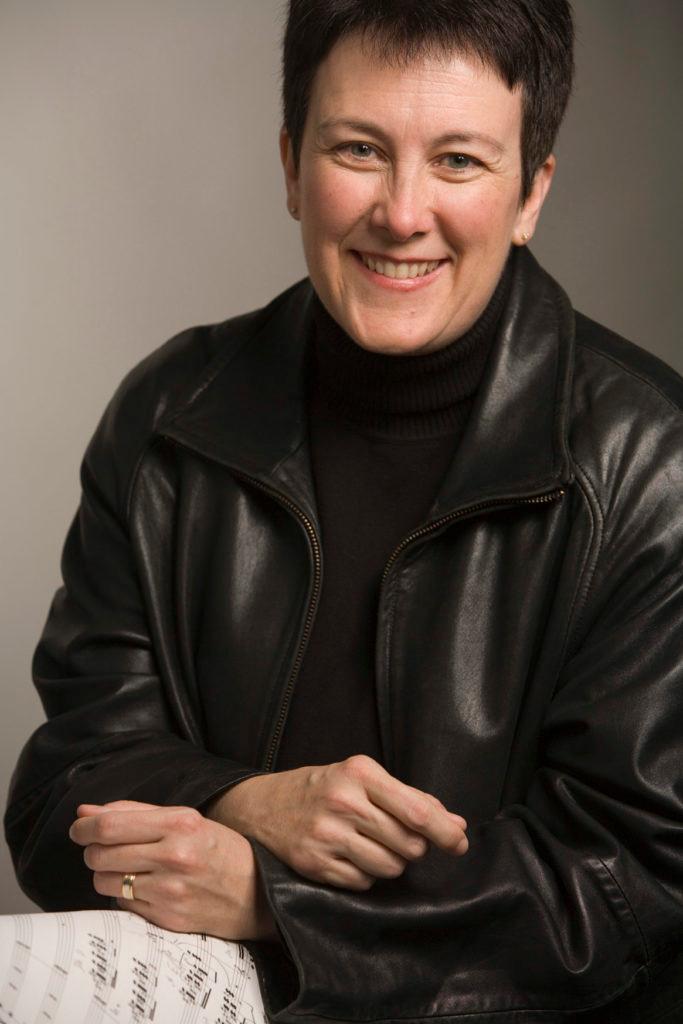
Higdon has emerged as one of today’s most frequently played living composers. Higdon’s music enjoys more than 200 performances a year. She’s unapologetic about writing accessible music,“I believe wholeheartedly in melody.” The Pulitzer Prize winner sums up her philosophy behind composing succinctly: “For me, music is about emotion. That's usually the first thing I think about when I'm writing.”
Caroline Shaw (born 1982)
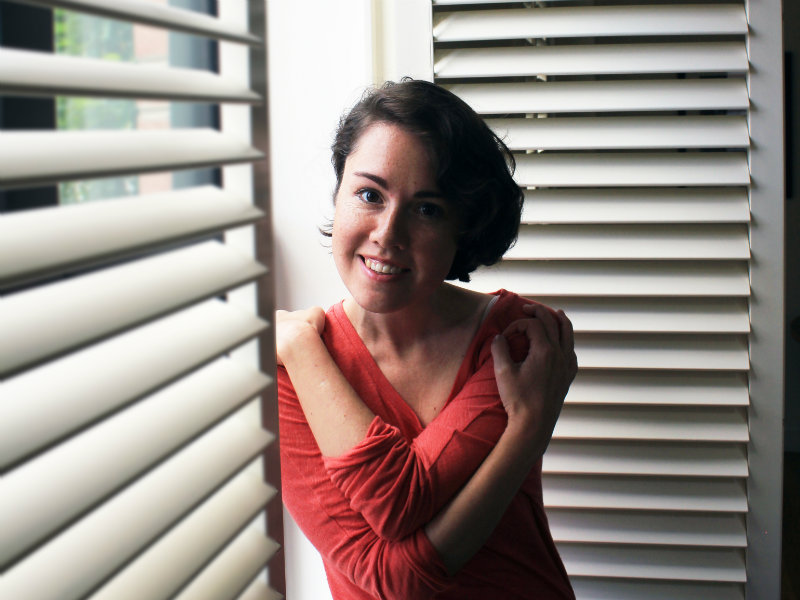
Shaw was a 30-year-old doctoral candidate at Princeton when she submitted one of her works to the Pulitzer committee on a lark. She got the surprise of her life when she won the prize in 2013 for her avant-garde a cappella piece Partita for 8 Voices, making her the youngest recipient of the coveted prize. Shaw is also a singer, violinist and recent collaborator with rapper Kanye West.
